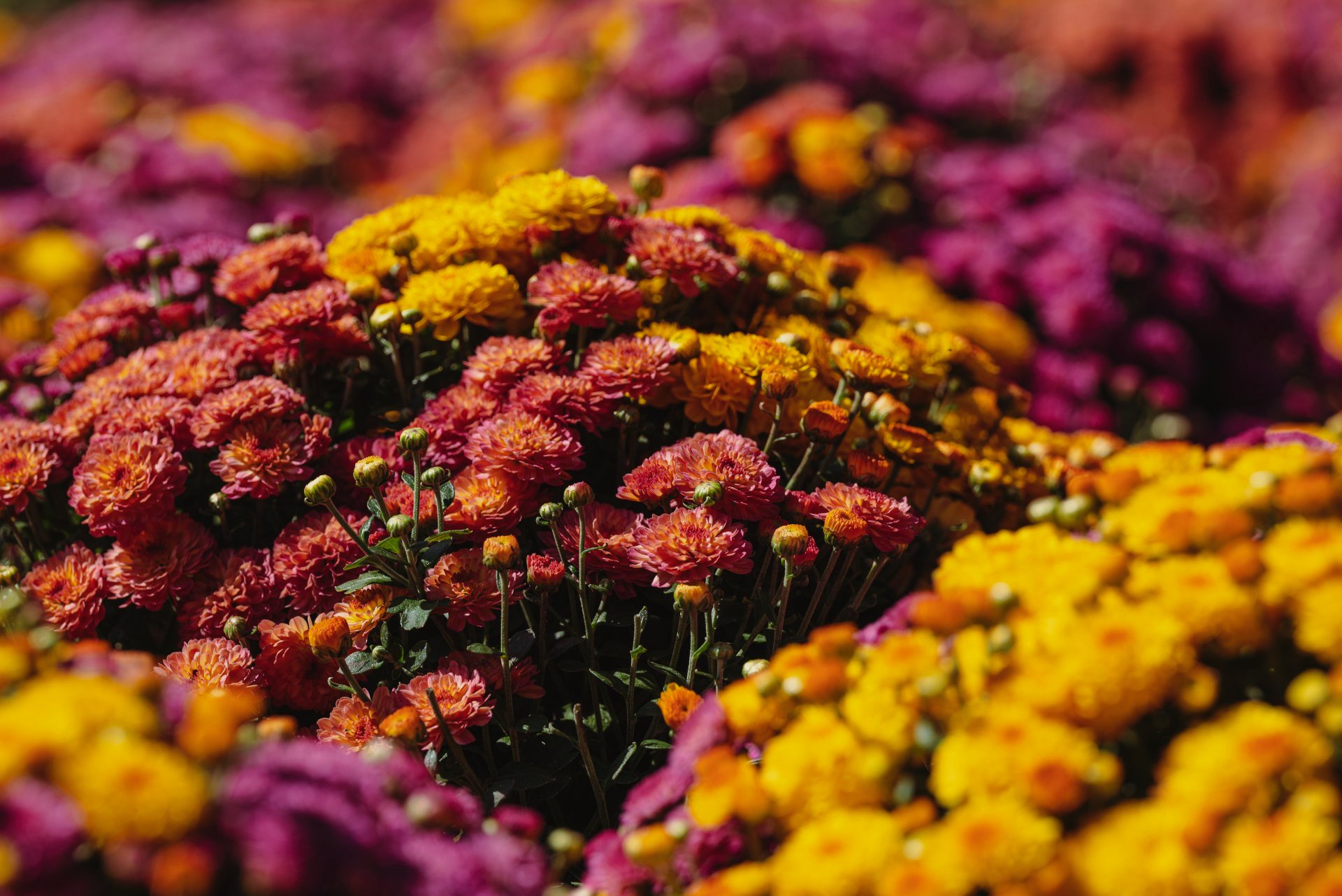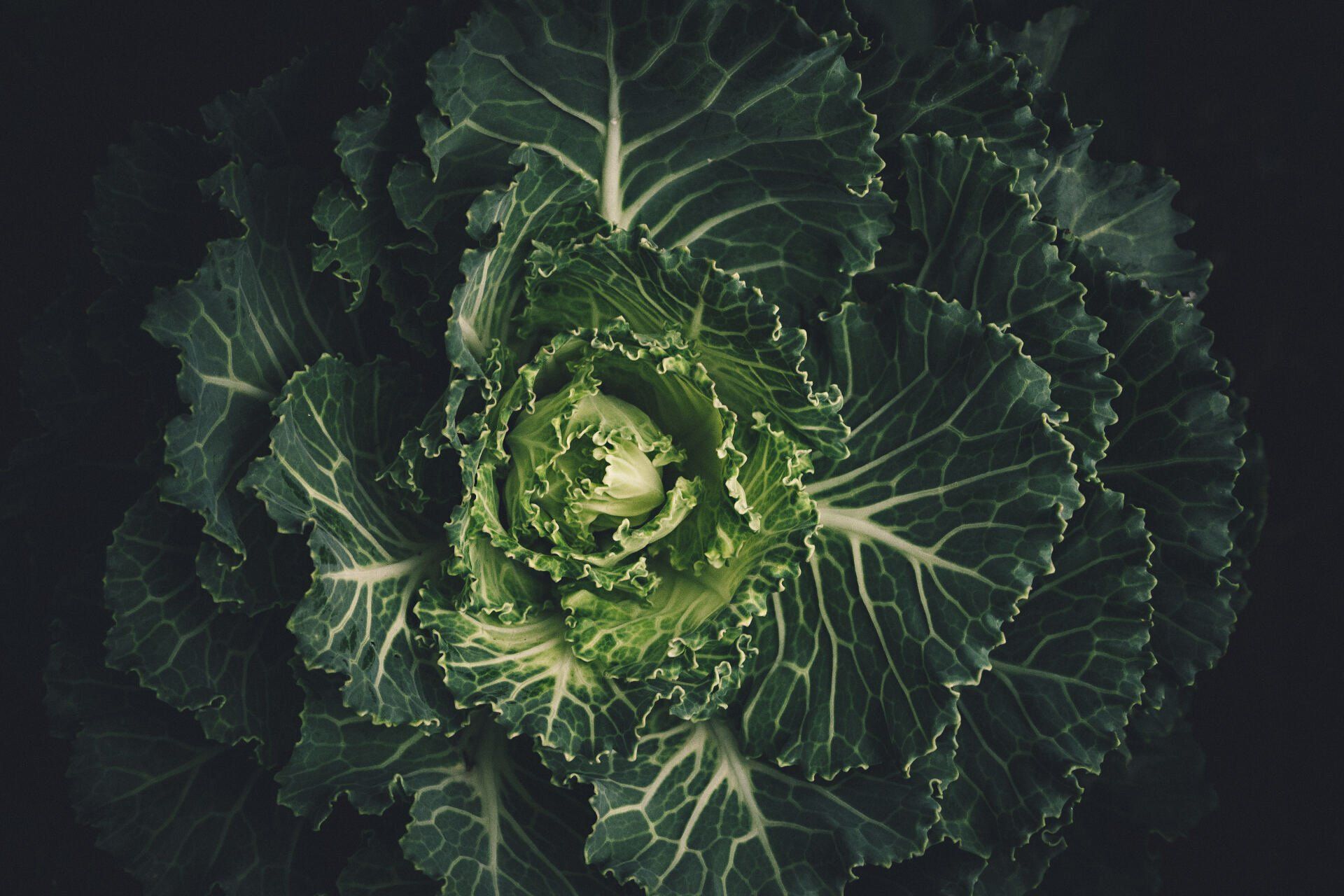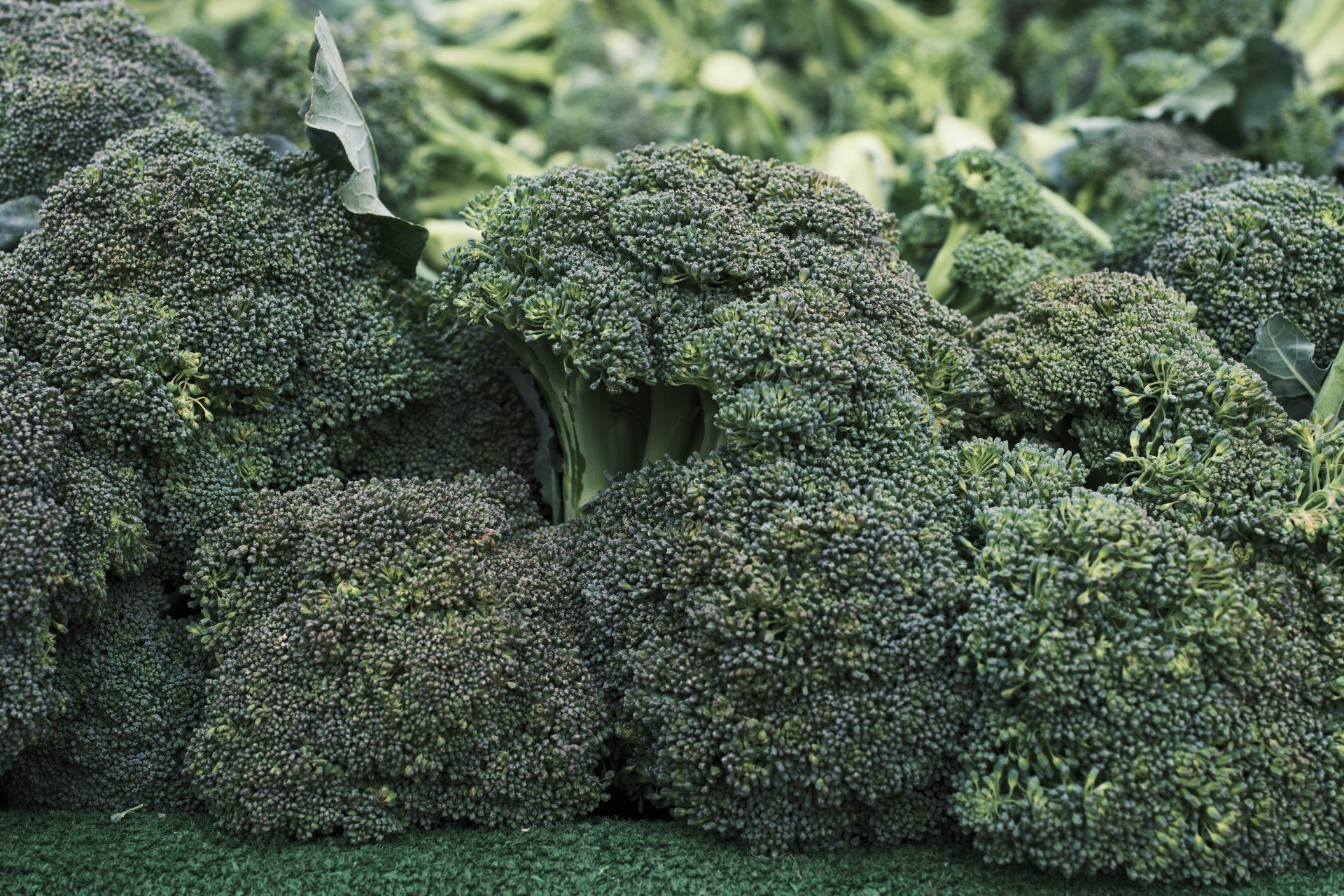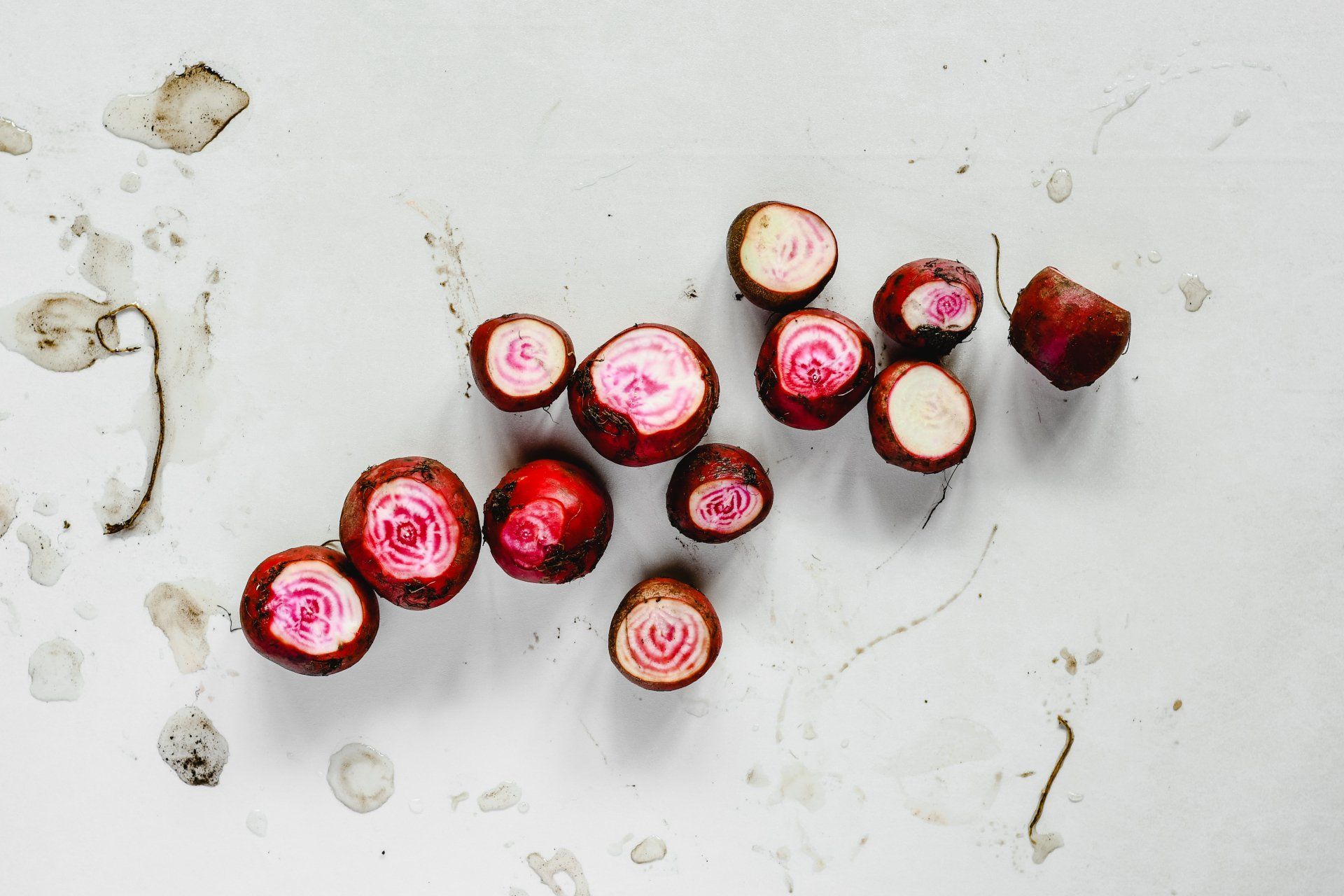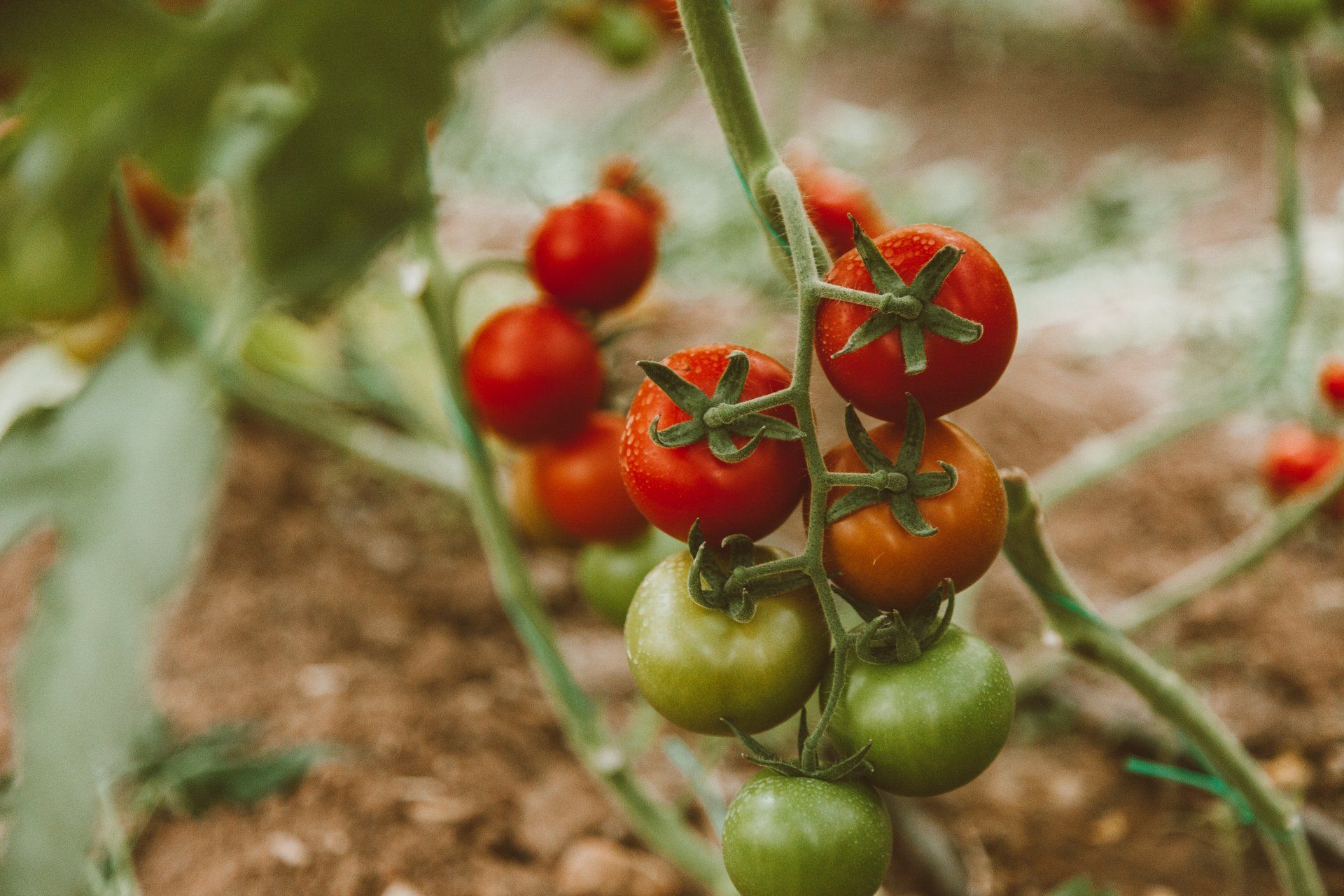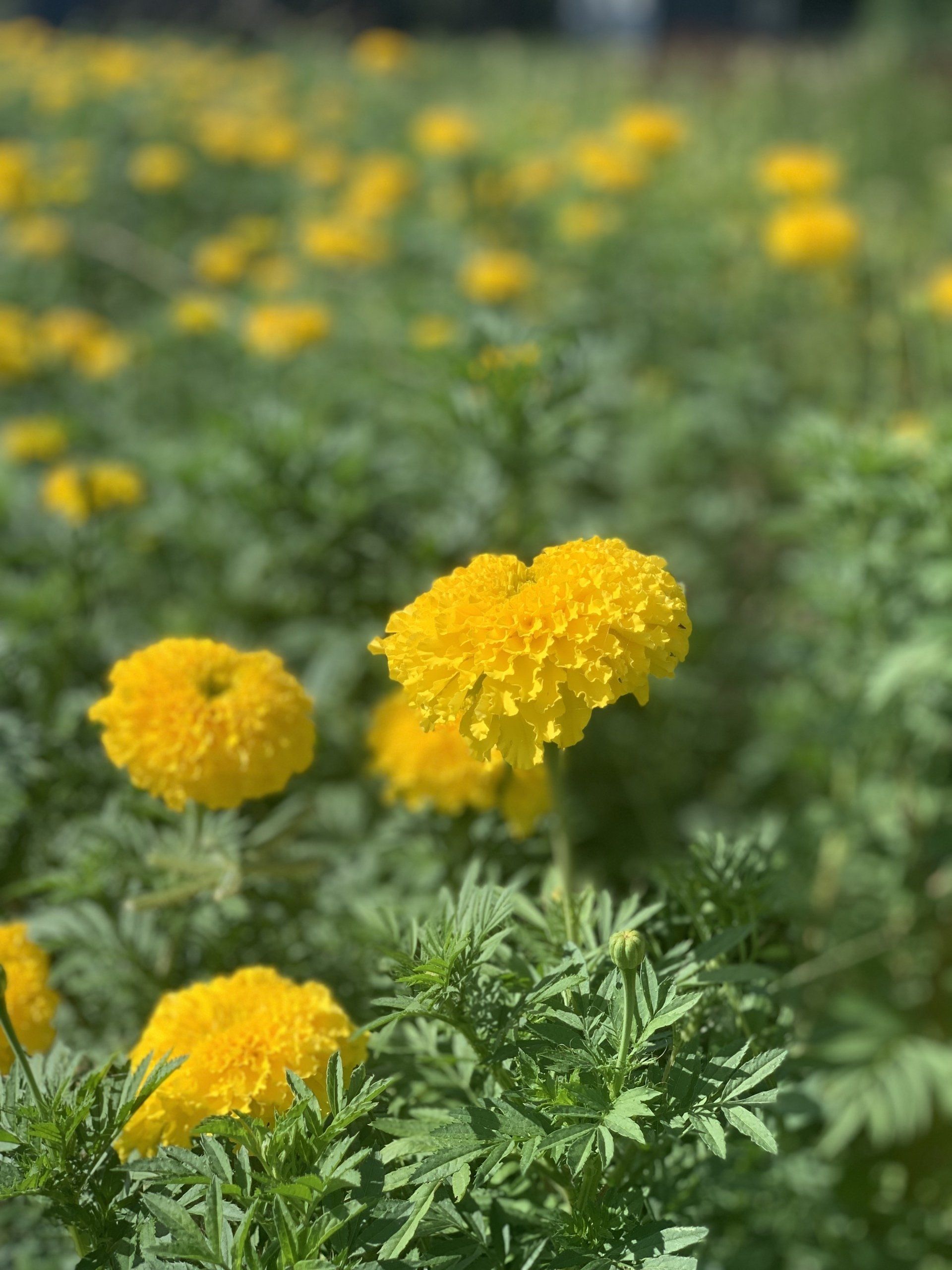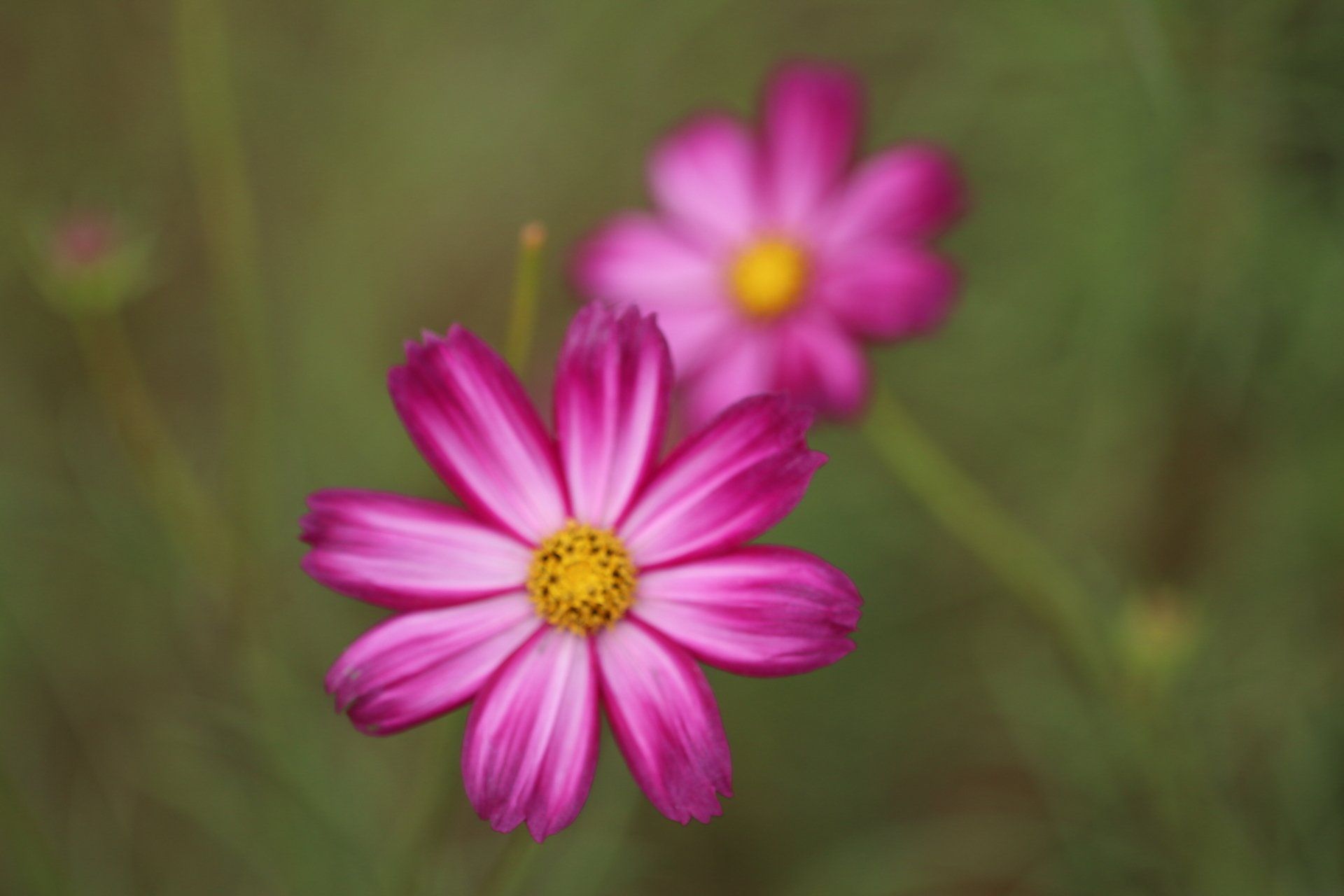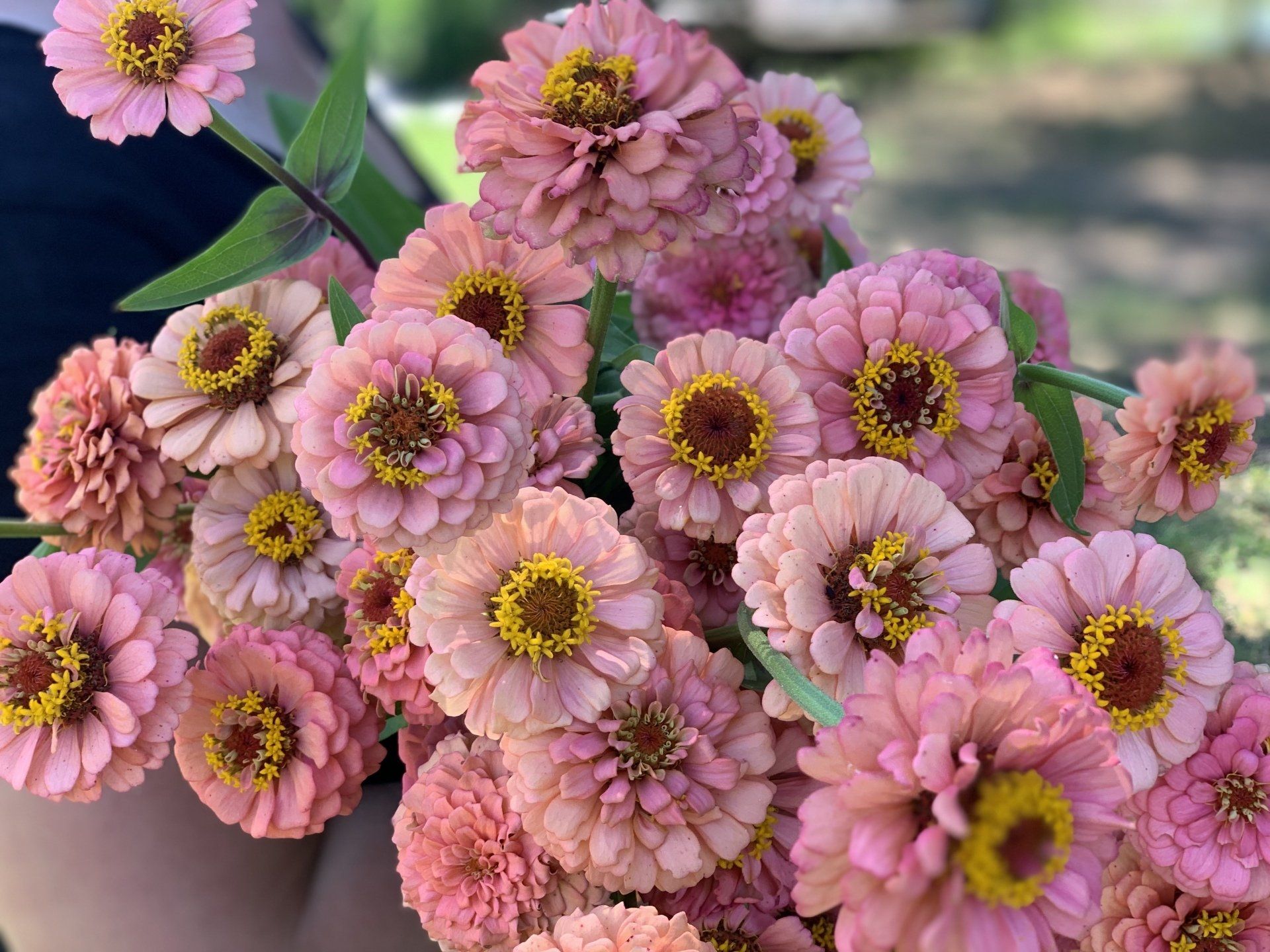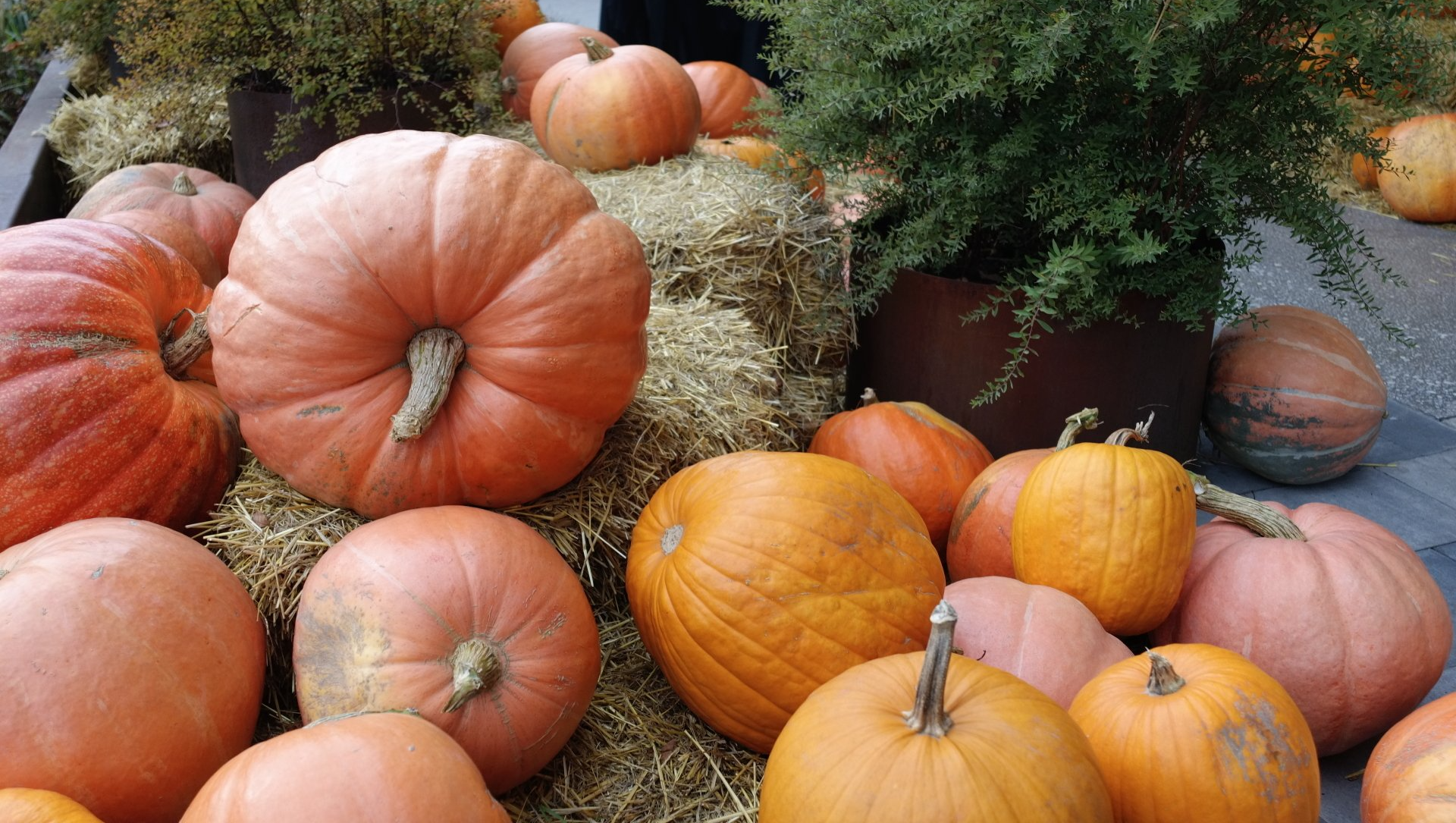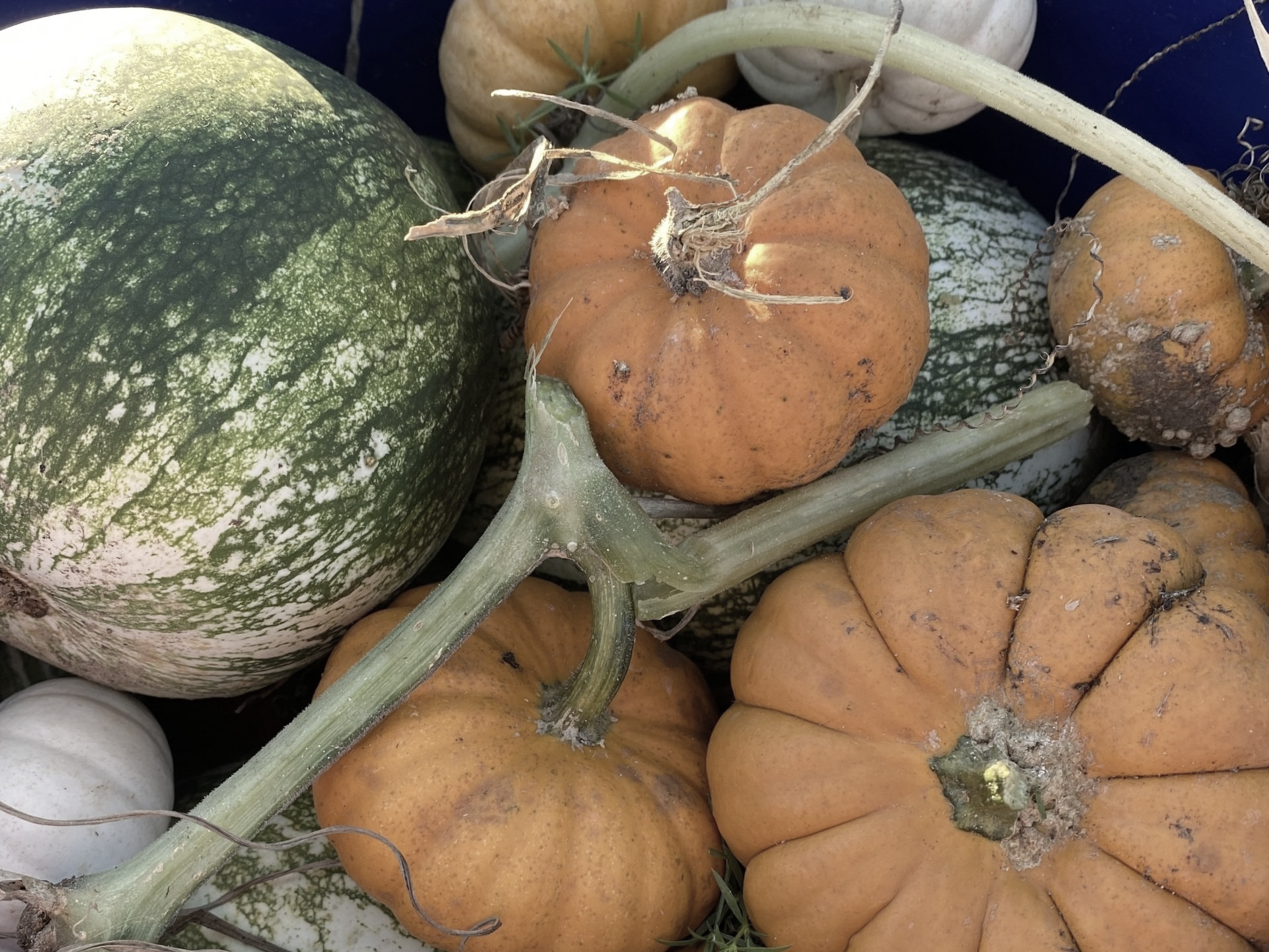Growing Pumpkins in the South for Fall
Pumpkins are a fall favorite among many whether grown for pies, jack-o’-lanterns, or seeds for snackings. While usually easy to grow, there are a few steps to keep in mind to plan for in order to try to have success. Pumpkins can be susceptible to some pests and diseases and are warm season plants only.
Site Selection
Pumpkins are known to be heavy feeders, so adding compost and possibly additional fertilizer might be a good idea depending on soil test results. When adding compost, try to put a heaping pile of organic matter, enough to add about 3” across your planting area, and then rake it in well in the soil. Pumpkins need to be planted in full sun, a location that receives 6 hours of sunlight at a minimum.
Planting & Watering
Here where we live in South East Texas, just north of Houston, we normally start the bigger varieties in July which have a longer “Days to Maturity” between 90 to 120 days and the smaller varieties are between 60 to 75 days, which we start in late July or early August. Depending on when you want the pumpkins exactly you can count out the days and go backwards for when you want to start the seeds.
Transplanting is preferred and takes about 3 weeks in containers prior to planting out in the gardens. Sow 2-3 seeds per container of choice. We prefer transplanting as we can control the environment, the water, and have much better success. The plant will grow very quickly and be a good size, about 6” or so, within 3 months. It is important to know that when transplanting it is super important to transition and harden the plants off slowly to the intense summer sun. Do this over a week or more, starting with one hour and increase each day, closely monitoring for shock and sunburning.
Direct Sowing is also very common and the seeds can be sown 2 at a time at about ½” to 1” deep. Keeping the soil moist for the first 3 weeks is essential for good germination.
For both options you will want to stay on top of the weeds as much as possible and mulching with straw will help suppress weeds, conserve water, and reduce rot by keeping the pumpkins off of the soil.
Pumpkins do prefer a lot of water and it is very critical while the fruits are growing. Water stress can lead to blossom-end rot and/or poor size and decreased production.
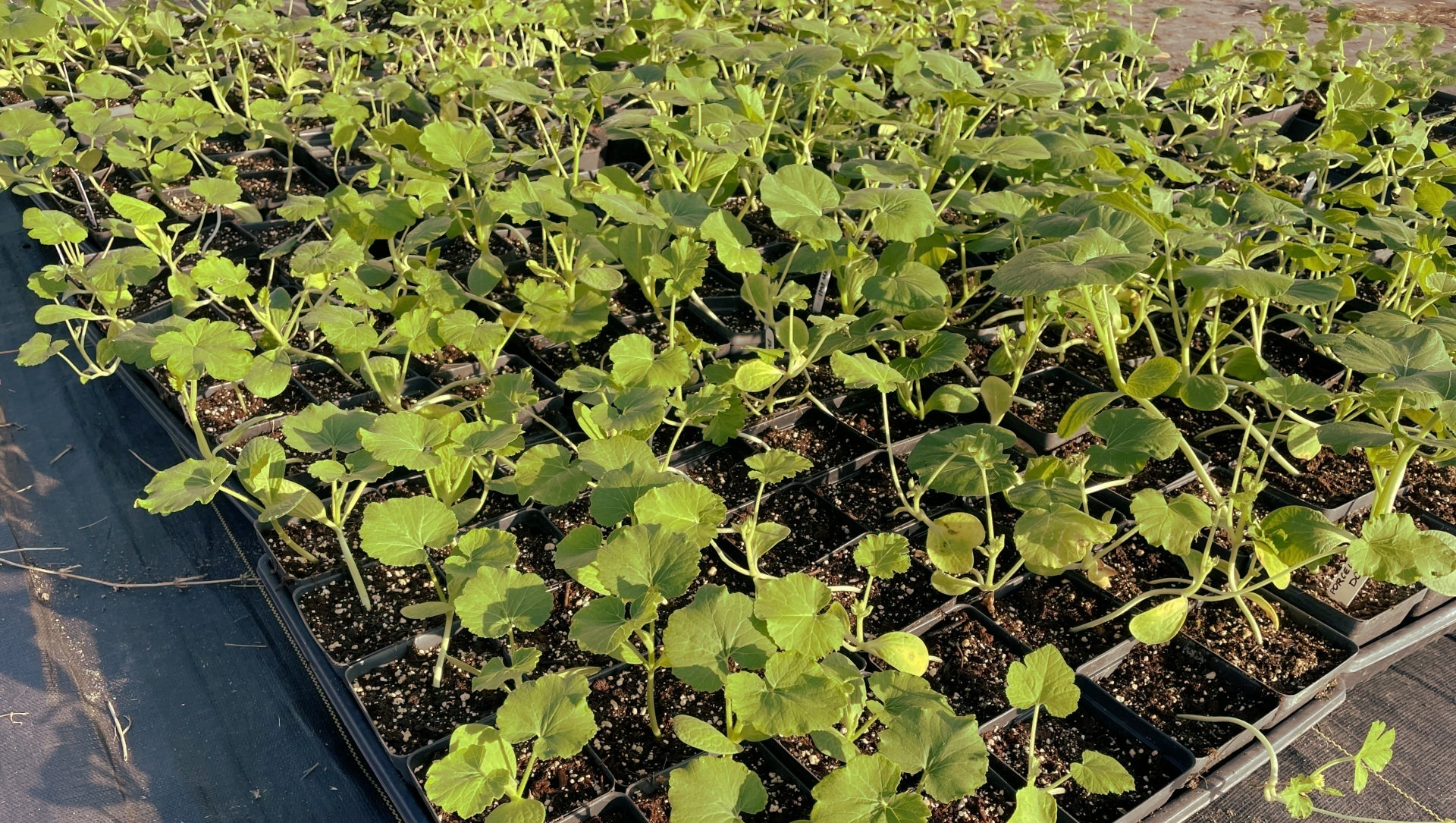
Spacing
Pumpkins are vining plants and get HUGE! They really do need a lot of space for the plants to have enough air flow and to produce the fruits. Between the rows it is important to have about 4 to 6 feet and then below we’ve shared the plant spacing needs between each plant.
Small Varieties: 18-24”
Medium Varieties: 24-36”
Large to Extra Large: 36-72”
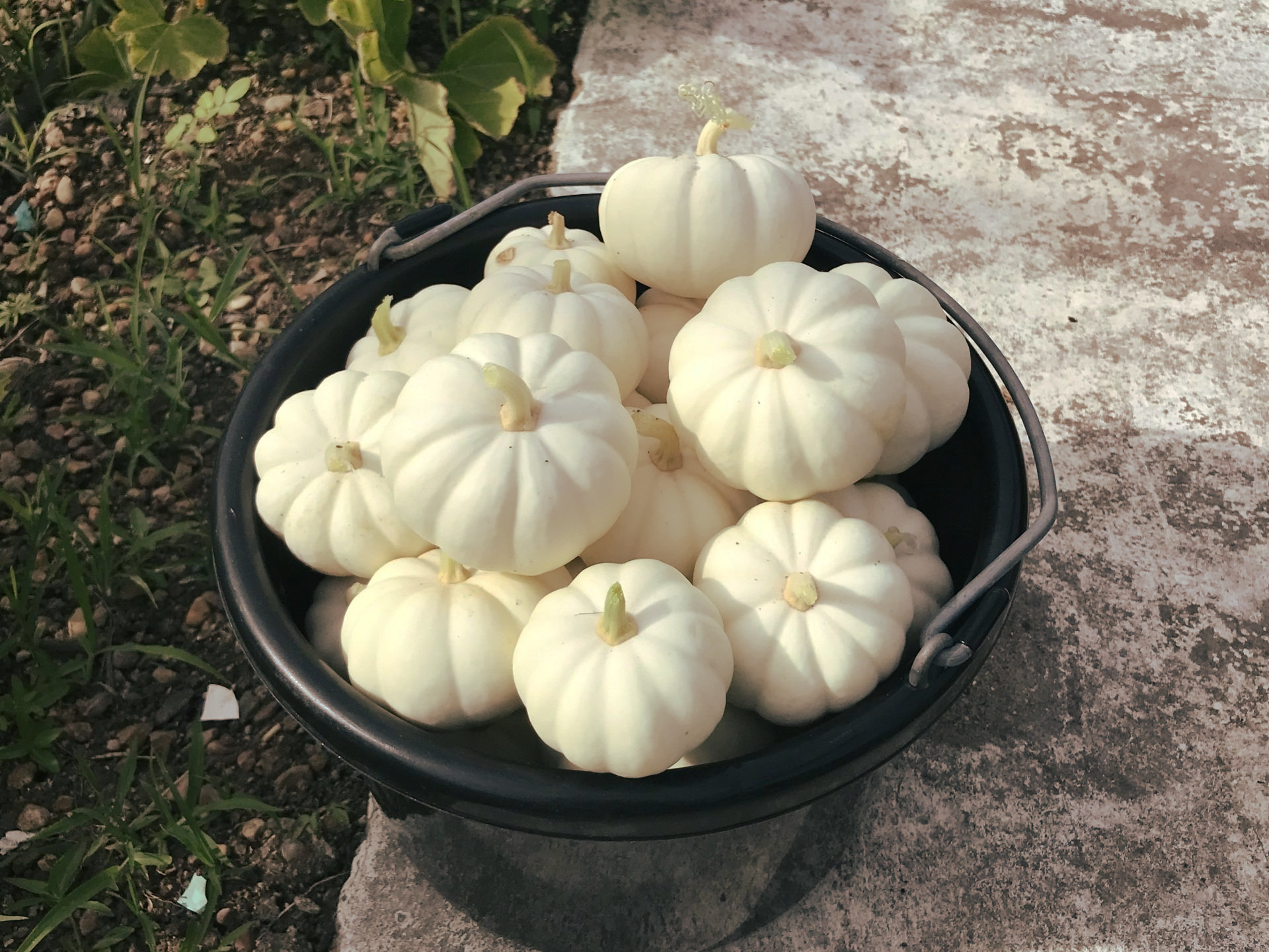
Different Varieties Available
There are so many varieties available now from big jumbo to little mini. The colors also range from traditional orange, blue-green, white, bi-color and also tan. There are better varieties for decoration use only and better selections for edible. It really depends on your purpose and that will help narrow down your selection.
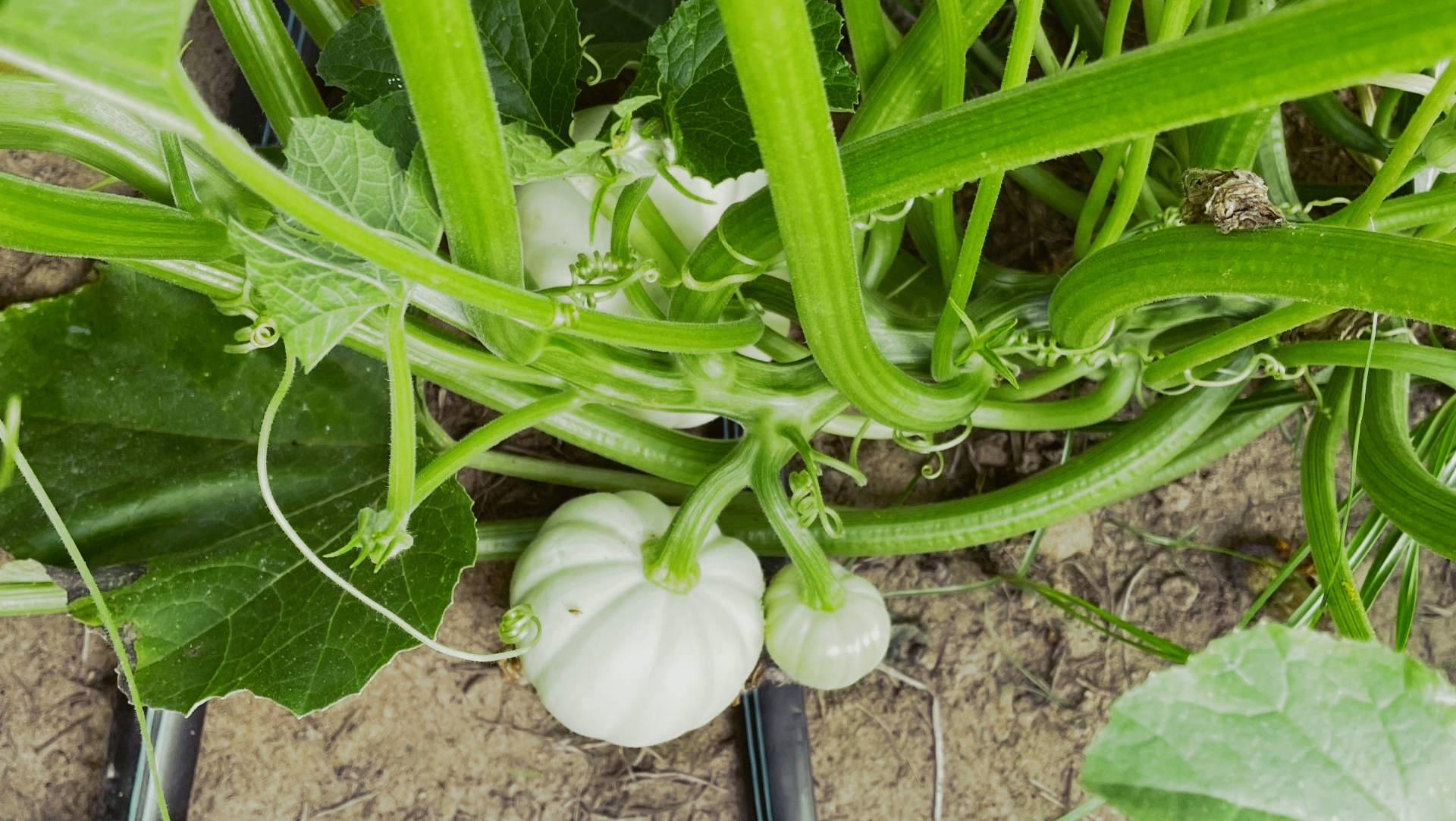
Pests & Disease
Common pests with pumpkins include Squash Vine Boers, Squash Bugs, Cucumber Beetles, and I have also had Army Worms eat my pumpkin leaves before during an outbreak. To help discourage pests, keep the borders mowed and remove plant debris after harvesting in the late fall.
Pumpkins are known to be highly susceptible to fungus especially in the Southern States where the humidity is so high. Wider plant spacing will certainly help. Drip irrigation will also help by minimizing the moisture on the leaves. Common Diseases include Powdery Mildew, Downy Mildew, Phytophthora, Bacterial Wilt, and Yellow Vine Disease. If caught early enough, you can use a fungicide spray or drench. Your local garden center can help identify exactly what disease or pest you might have with a sample and help make recommendations for your exact region. If the fungus is widespread it might be best to dispose of the plant in the trash or by burning. It is not recommended to put in the compost pile as the spores can spread.
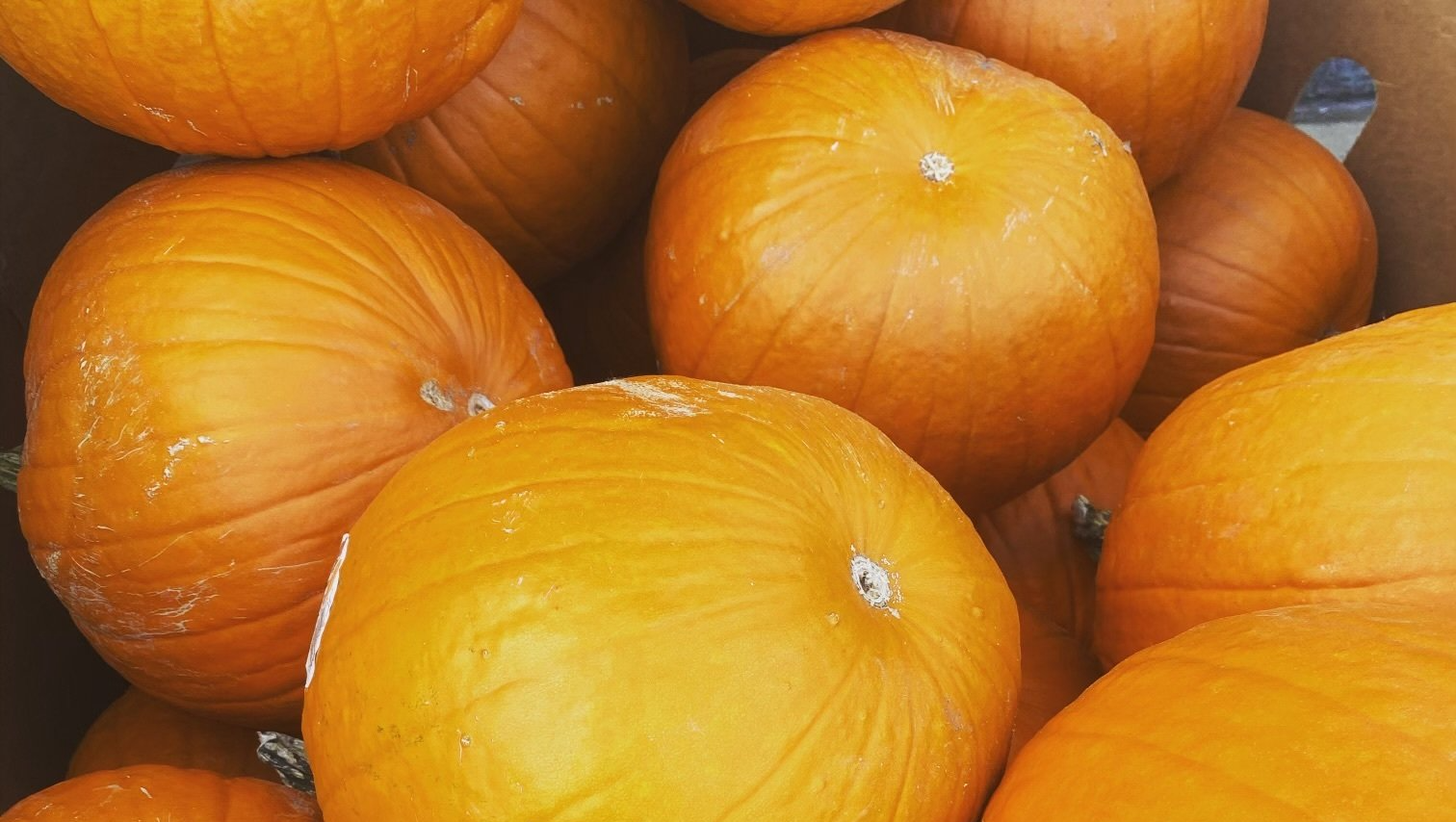
Harvesting Tips
It is best to harvest when the pumpkin fruit is fully developed. For long “handles” on the pumpkins, cut close to the main vine. Curing is recommended which helps to heal wounds to the pumpkin, enhances color, and ensures longer life. Sun cure the field or garden for 5-7 days. White variety should always be cured indoors to keep the sun from yellowing the skin.
For collecting the seeds, choose a variety specifically for seed production. Cure the pumpkin and then collect the seeds, wash them, and allow to dry.
Like squash blossoms, pumpkin blossoms can also be eaten! They have a mild, squash-like flavor and can be stuffed, fried, or used as a garnish in soups and salads. They are very perishable and pumpkin blossoms are considered a local delicacy! They have a short shelf life and its best to select large male blossoms that aren’t wilted. Clip the flowers 1-2 inches below the flower vase. Gently shake to remove any insects and refrigerate immediately. Enjoy!
We would love to see your pictures this fall of your pumpkins and other garden goodies! Be sure to tag or send us some pictures! Please use this hashtag #rootandroux
Happy Gardening y’all!
